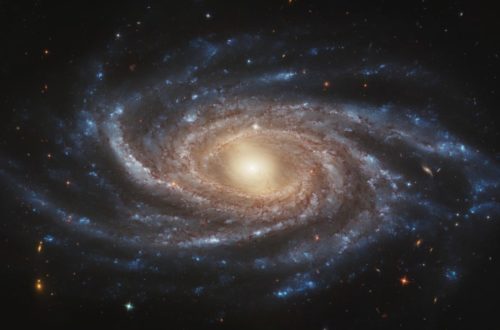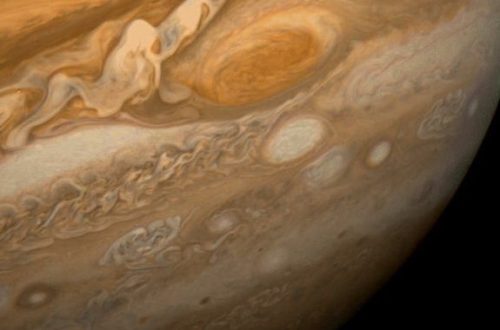Stargazing Calendar for February 2023
Looking for the February 2025 stargazing calendar?
This month of February 2023 we will be able to witness two comets visiting us in the inner solar system, a meteor shower, as well as various conjunctions and close approaches of celestial bodies. For these beautiful astronomical events, keep reading below.

Would you like to be notified of stargazing events?
First on February 1st, the comet C/2022 E3 (ZTF) will be at perigee which means it will make its closest approach to the Earth at a distance of 0.28 AU. At the same time it is also forecast to be at its brightest. It will be very dimly visible to the naked eye, but only as a small diffuse smudge under optimal condition. This is why I would recommend using at least binoculars. Look in the constellation of Camelopardalis. It is a long period comet from the Oort cloud that was discovered in March 2022 by the Zwicky Transient Facility at the Palomar Observatory in California, USA.
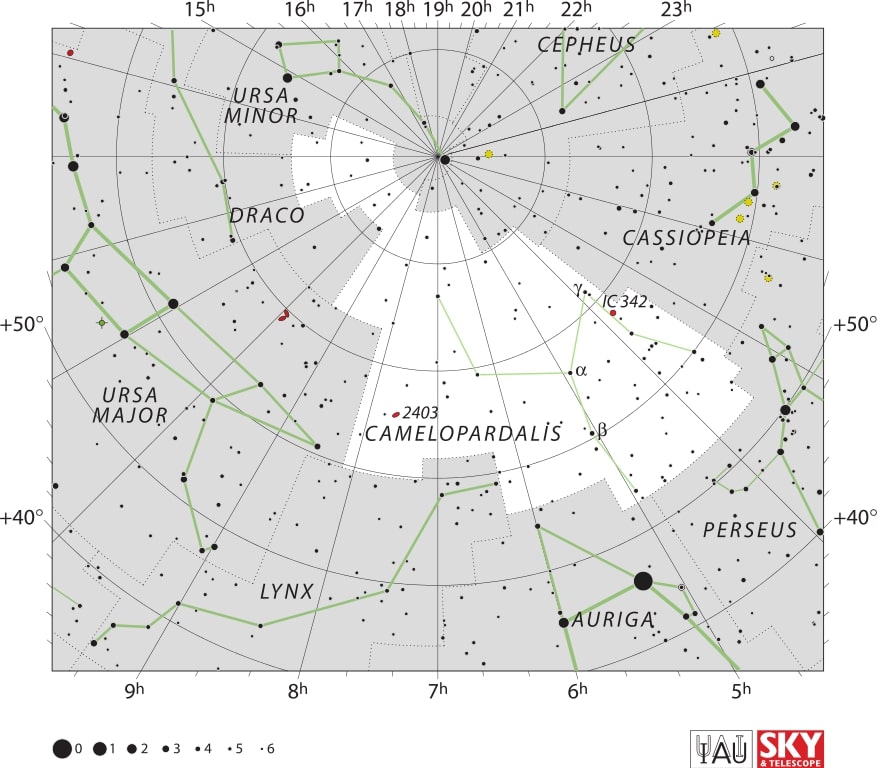
Then on February 8, the α-Centaurid meteor shower will peak. It is a small meteor shower with an average of 6 meteors per hour visible during the peak under ideal conditions. Some meteors will also be visible between January 28 and Feb 21. They will appear to radiate from the constellation of Centaurus.
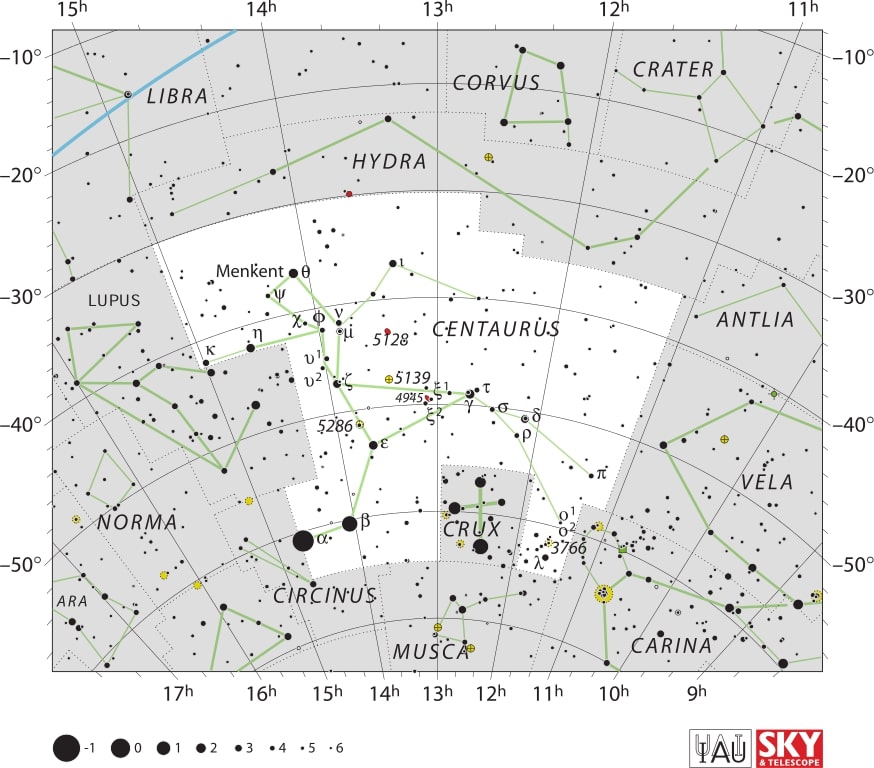
On February 15, there will be a conjunction of Venus and Neptune. This means the two planets will share the same right ascension, with Venus passing 0°00′ to the south of Neptune. Venus will be at magnitude -4.0 and Neptune at magnitude 8.0. The planets will be close together enough to fit within the field of view of a telescope. Look in the constellation of Aquarius.

On February 18, the comet C/2022 A2 (PANSTARRS) will be at perihelion. This means that the comet will make its closest approach to the Sun at 1.74 AU. Look in the constellation of Cygnus with a large telescope.
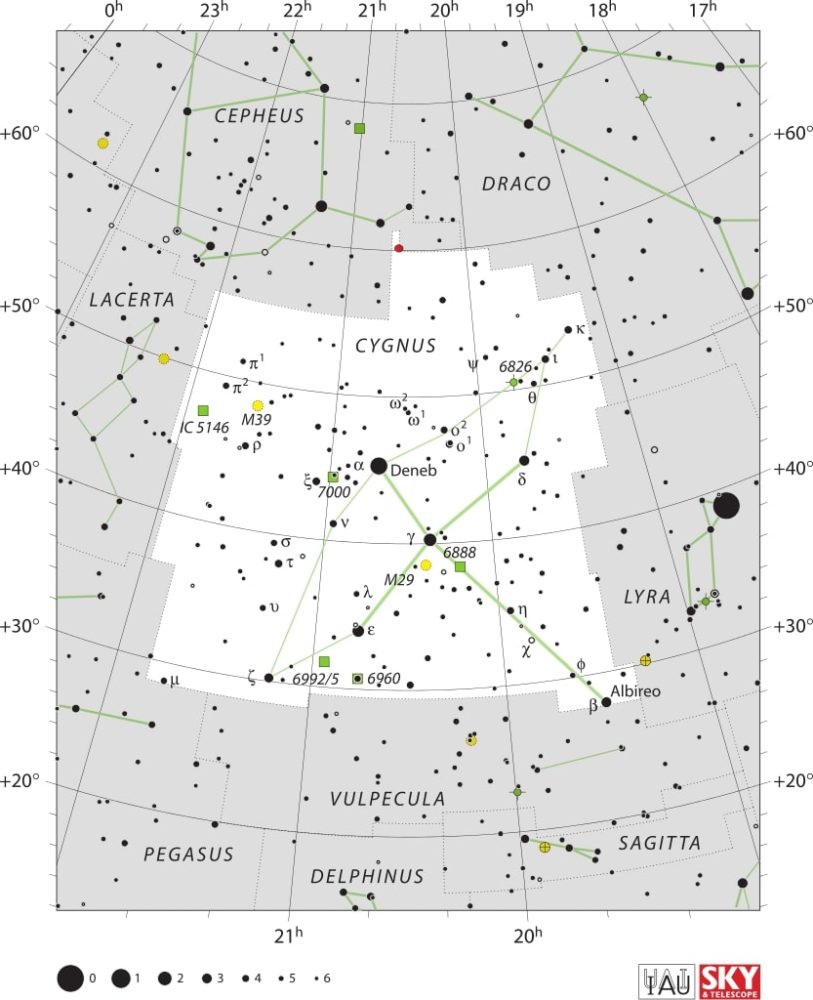
Then on February 22, the Moon, Venus, and Jupiter will make a close approach. There will be a conjunction of the Moon and Venus with 2°05′ of separation and a conjunction of the Moon and Jupiter with 1°11′ of separation. In some parts of Chile and Argentina, the Moon will pass in front of Jupiter, which is known as a lunar occultation of Jupiter. Look between the constellations of Cetus and Pisces.
Finally on February 27, there will be a conjunction of the Moon and Mars. They will pass within 1°04′ of each other. Look in the constellation of Taurus. Unfortunately the two celestial bodies will be too far apart to fit within the field of view of a telescope.

Moon phases
As you know, the Moon has a big impact on the visibility of celestial bodies in the night sky. So here are the Moon’s phases for this month:
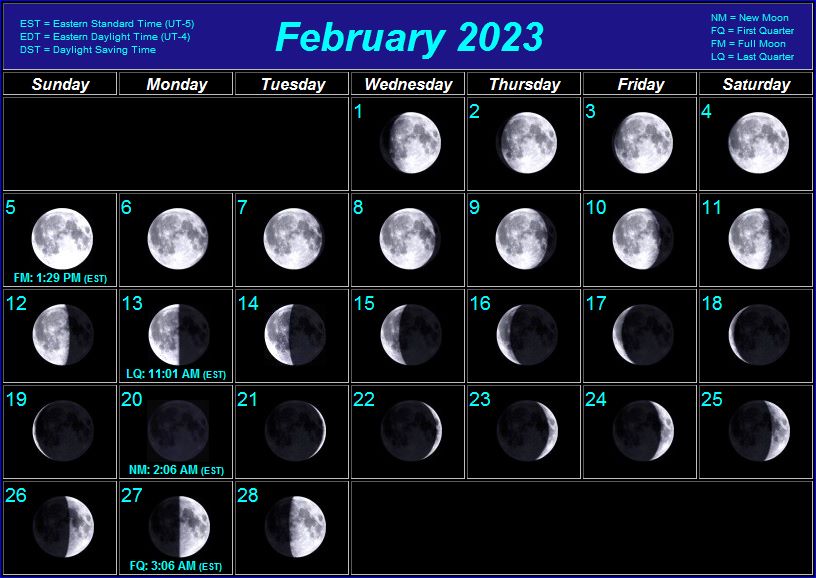
Positions of the planets this month
Mercury: The closest planet to the Sun can be seen at dawn and dusk travelling across the constellation of Sagittarius. This planet, being the closest to the Sun, will appear to move quickly in the night sky and its position will change in the following weeks.
Venus: The sister planet can be seen near Mercury travelling across the constellation of Aquarius. Just like Mercury, Venus can only be seen at dawn and dusk.
Mars: The red planet can be seen in the constellation of Taurus.
Jupiter: The gas giant is visible in the constellation of Pisces. Jupiter can easily be spotted with the naked eye, even in highly illuminated cities.
Saturn: The ringed giant can be seen with the naked eye in the constellation of Capricornus.
Uranus: The gas giant can be seen in the constellation of Aries with the use of a telescope.
Neptune: The blue giant requires a telescope pointed in the constellation of Aquarius in order to be seen.
Major astronomical events next month
- March 15 – γ-Normid meteor shower peak.
- March 20 – March equinox.
- March 21 – 1 Ceres at opposition.
- March 29 – C/2019 U5 (PANSTARRS) at perihelion.
- March 29 – 136472 Makemake at opposition.
Conclusion
And there you have it! Which of the astronomical events are you looking forward to the most? The comets, meteor shower, or the various conjunctions? Let us know in the comments below.
Sources:
- Planetary ephemerides produced by NASA’s Jet Propulsion Laboratory (JPL)
- International Meteor Organization
See also:
- Previous month’s calendar: Stargazing Calendar for January 2023
- Next month’s calendar: Stargazing Calendar for March 2023
Would you like to receive similar articles by email?




